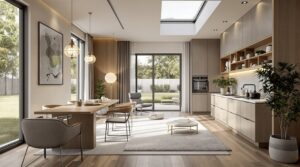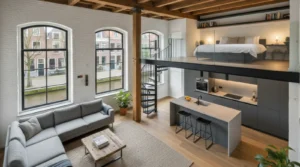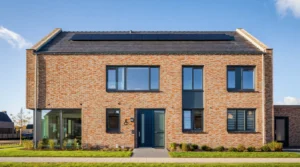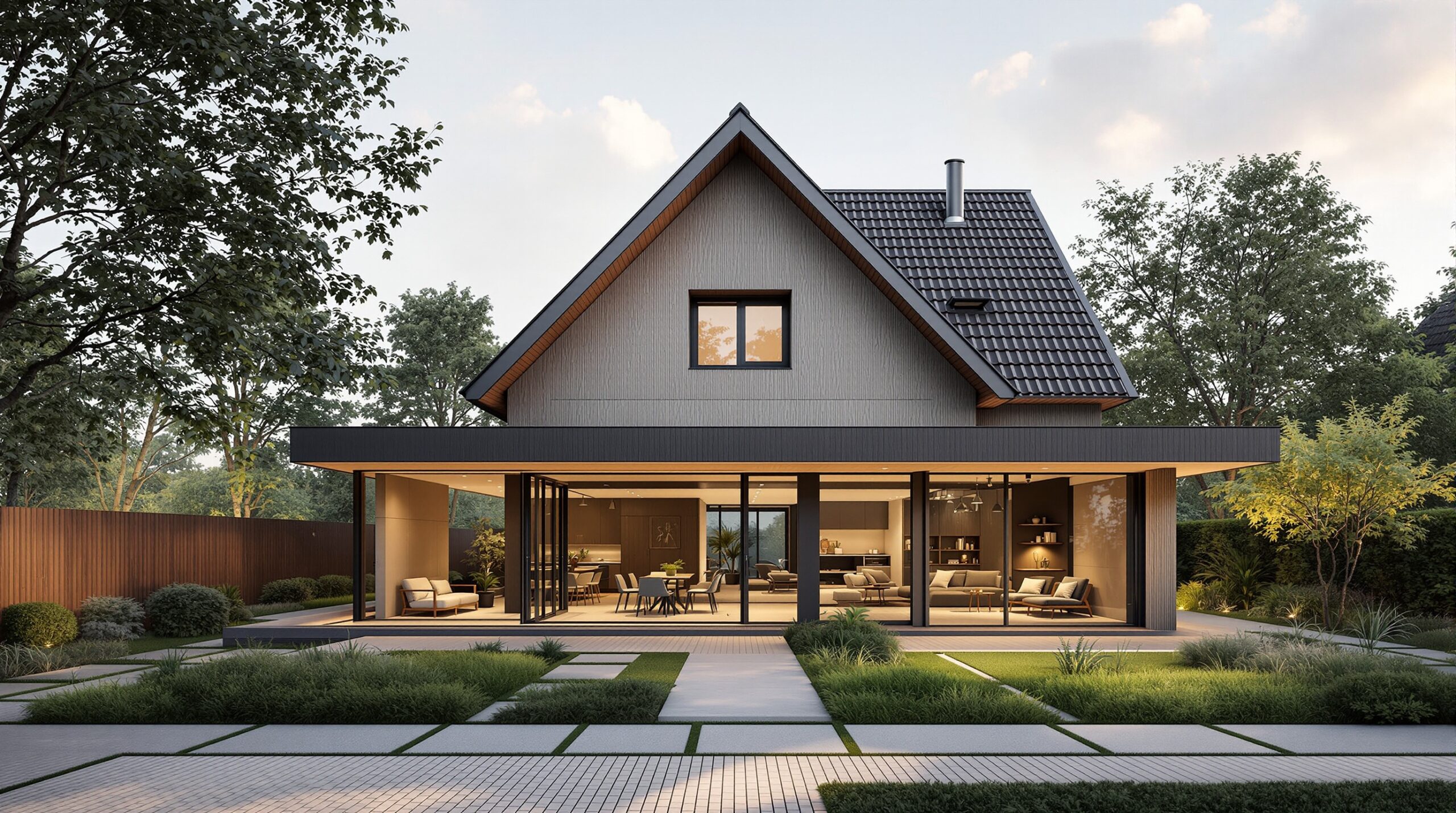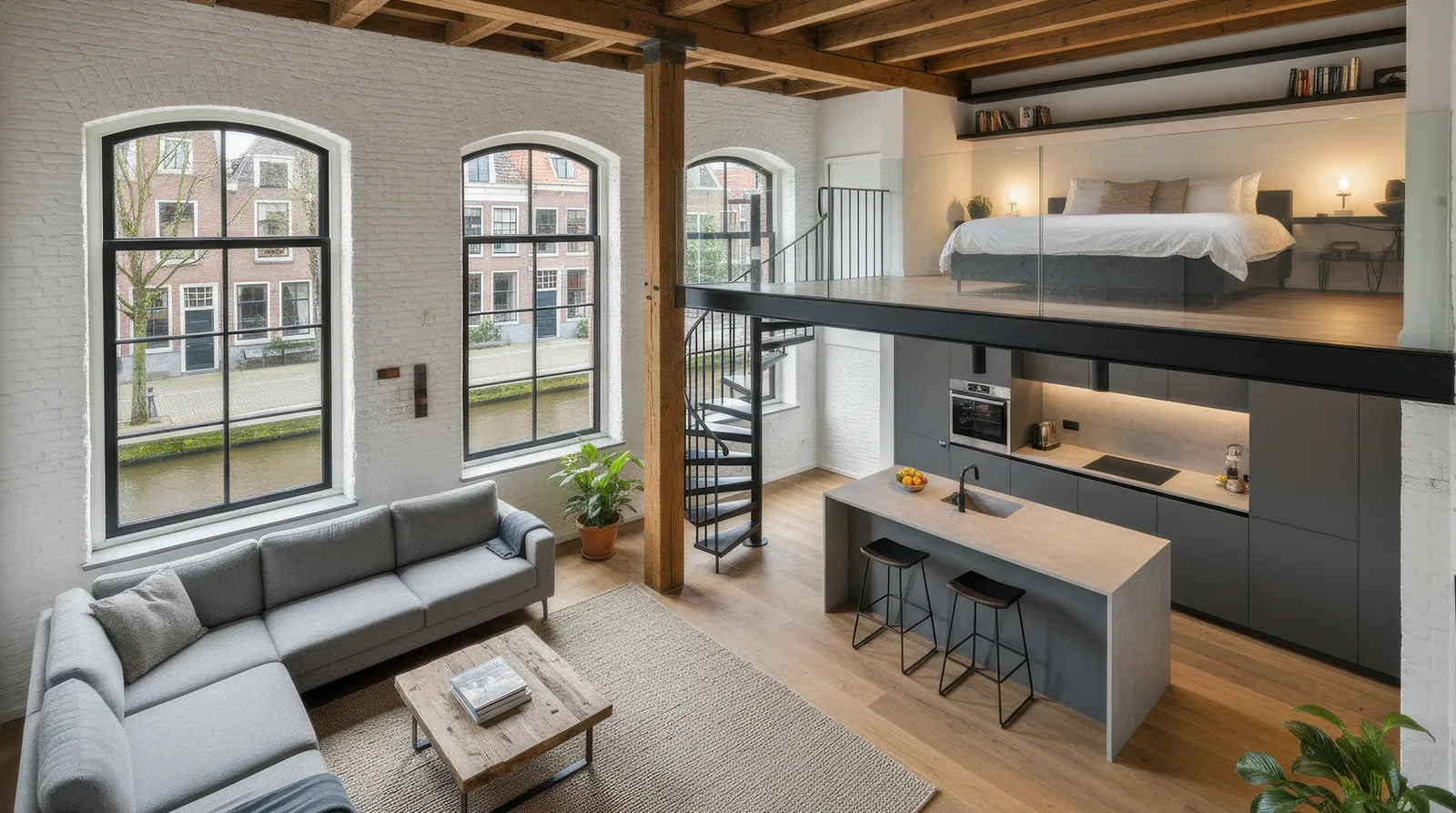Wood vs. Brick: Choosing the Right Wall Material for Your Extension
No matter what you plan to build or extend, the walls must be reliable, durable, and warm. They should be waterproof and protect you from heat, wind, and cold.
In order to ensure that the newly built house or your home extension always has fresh air and the most comfortable temperature, the characteristics of each material used should be considered. How about comparing wood and brick for house additions?
Why Wall Material Matters
Walls are the main load-bearing structures that ensure the strength of the entire building. Load-bearing walls must be able to bear the total load without any problems: their own weight, the weight of partitions, floors, roofs, engineering equipment, communications, furniture, inventory, and the residents throughout the entire service life.
Key Considerations When Choosing Wall Materials
First of all, it is worth defining the criteria by which you can analyze and compare materials, such as:
- Strength and durability of the material.
- Ability to accumulate moisture and energy-efficient properties of the material.
- The labor intensity of installation and the estimated cost of the material.
- Environmental friendliness and recyclable options.
You also need to find out the level of the material’s heat intensity. If you’re new to business, industry experts from CBS Renovation may help you.
Wood as a Wall Material
Natural wood is one of the most often used and desirable building materials. A profiled beam or a rounded log is used to construct walls. Walls made of profiled beams “breathe,” meaning it’s easy and comfortable in such a house, and another advantage is that wood is a fairly good thermal insulator.
Experienced builders know a lot about choosing materials. Here is a short list of types of wood that professionals can recommend depending on your climate:
- Tropical options. They rot less and are adapted to the high humidity typical.
- Cedar. It absorbs less.
- Thermowood. These are mainly pine species that have undergone special treatment. Now, such materials do not absorb moisture.
- Oak. It’s one of the most durable materials.
Walls made of wood, whether it is a beam or a log, will create a unique, healthy microclimate in the house, remove excess moisture from the room, and you can warm up such a structure in just a couple of hours. Such a home has a service life that is longer than a hundred years.
At the same time, wooden walls are prone to active decay and insect attack, and also suffer from any signs of fire. To avoid such troubles, the walls of a wooden house need special treatment with certain compounds and require structural protection against fire and moisture.
- Benefits of wood: warmth, flexibility, and sustainability
- Challenges with wood: durability and maintenance
Brick as a Wall Material
The walls of a brick house are fireproof, not affected by various insects, and not subject to decay. This material allows for the use of reinforced concrete floor slabs in construction, which is especially important if you need a large room or if the living space is built over a cellar or garage.
On the other hand, if a brick house has not been heated for a long time, even for a couple of weeks, it will warm up to a comfortable temperature in just a few days.
Since bricks absorb moisture very readily, it will be damp in such a house until the walls are completely warmed up, and the constant freezing of wet walls leads to the destruction of the brick structure. Among other things, brick walls are quite heavy.
- Advantages of brick: strength, insulation, and timeless appeal
- Downsides of brick: cost and design limitations
Comparing Wood and Brick: Which Fits Your Needs?
Both options are well-suited for the construction of a new residential or country house. A wooden house is considered to be warm and environmentally friendly, while a brick house is appreciated for its reliability and durability. Here are some tips for you to decide.
Expert Tips for Deciding Between Wood and Brick
So, is wood or brick better for a home extension? These hints should help you!
Strength and durability: If you are looking for a material that is highly durable and long-lasting, then brick and aerated concrete blocks can be a good choice. Both materials provide a solid load-bearing structure.
Cost: Due to the higher price of labor and materials, brick homes are typically more expensive to construct. Gas blocks and wooden houses can save you funds.
Thermal insulation: Gas blocks and bricks have good thermal insulation properties, especially if additional insulation is used. Frame houses require good insulation to achieve high energy efficiency.
Design: Wooden houses have great flexibility in planning and design, allowing for a variety of shapes and configurations. Brick and gas block houses can also be varied but may have some limitations compared to frame structures.
Construction speed: Wooden houses are usually built faster because the frame is already prefabricated and can be installed quickly.
Sound insulation: Brick walls provide the best sound insulation and may be preferable if sound insulation is important to you.
Also, do not trust some common myths. For instance, a stone does not burn, but wood does. If you compare an armful of firewood to a pile of stones, then yes, the firewood will burn to ashes. However, when it comes to buildings, brick and concrete become brittle and unreliable when exposed to high temperatures. Although they don’t burn, the load-bearing walls will need to be demolished and rebuilt.
Some may say that a wooden house has a monotonous interior decoration. Sure, there are obvious features in the interior decoration of a wooden wall, but with full compliance with the technology, a wooden wall can be decorated with ceramic tiles and metal.
Another common myth is that wooden walls will crack over time. Walls made of timber or logs can indeed crack, due to structural stress and wood shrinkage. Materials made of bonded wood, however, are less vulnerable to the factor. If the correct temperature and humidity conditions are maintained during operation, and means are used to prevent intensive drying of the wood, then



